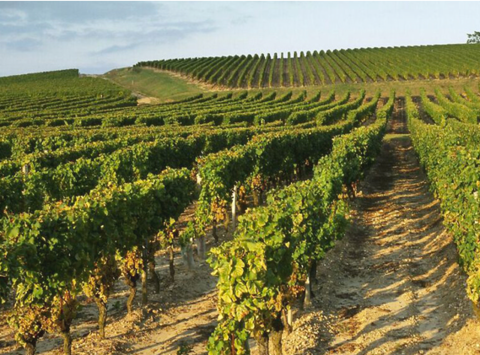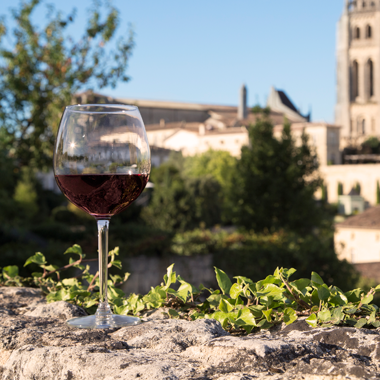Bordeaux goes green
For several years now, the Bordeaux wine-growing region has been undergoing a major ecological transition. In 2017, 60% of the wine-growing region was certified as taking an environmental approach. Many efforts have been made to engage as much of the region as possible in this environmental transition. An approach that, above everything else, intends to be collective: together we are stronger. And so, wine-growers and the trade are sharing their best practices, issues and solutions with each other to improve their practices.
And yet, it’s not easy to weave a web across the entire region. Especially when we know that Bordeaux has no less than 6,300 wine-growers, with plots of, on average, 17 ha of land. It’s not about just reaching the large estates, but also the smaller family-owned vineyards where manual work is still of great importance.
An ambitious climate plan
And today the results are coming in: already 60% of the wine-growing region is certified as taking an environmental approach. But with its “2020 Plan”, the C.I.V.B. – Conseil Interprofessionel du Vin de Bordeaux – wants to go even further. The aim is to reduce CO2 emissions, fossil fuel consumption and water consumption by 20%; and to increase the use of renewable energy by 20%. The Conseil hopes that in the end, 100% of the wine growing-region will be engaged in an environmental transition.

“The idea is that wine-growers will find a balance between productivity on one hand and sustainability on the other. One cannot exclude the other. On the contrary, a smart, sustainable approach may even boost productivity,” says Wim Deschutter, Consultant at C.I.V.B.
“Better knowledge of the soil will allow wine-growers to know exactly where to find the most productive plots and discover the optimal amounts of fertiliser to use in order to keep each plot in the best condition.” New technologies play an important role here. Surveys are being used more and more, which makes it possible to create a topography of the vineyards. Drones are also increasingly used to determine the sunniest plots through a technique called ‘heat mapping’. All this allows for more precise watering, fertilisation and irrigation, and ultimately, more efficiency, less waste and greater durability.

From the AB (organic farming) label to ‘viticulture raisonnée’
Several sustainability certifications can be credited to a vineyard. The most well-known is the green AB label, which can only be given to products made up of at least 95% of organic ingredients. Then, there is also biodynamic agriculture, with the famous Demeter International label, for example. But just because a bottle does not have an organic label does not mean that no effort was made in terms of sustainability. There are many examples of ‘viticulture raisonnée’, where the vines admittedly still receive some chemical treatments, but only if it is truly necessary to guarantee productivity.
In other words, your favourite glass of Bordeaux probably hides much more sustainable viticulture than it seems, and this will be even more the case in the future. We are committed to it.


